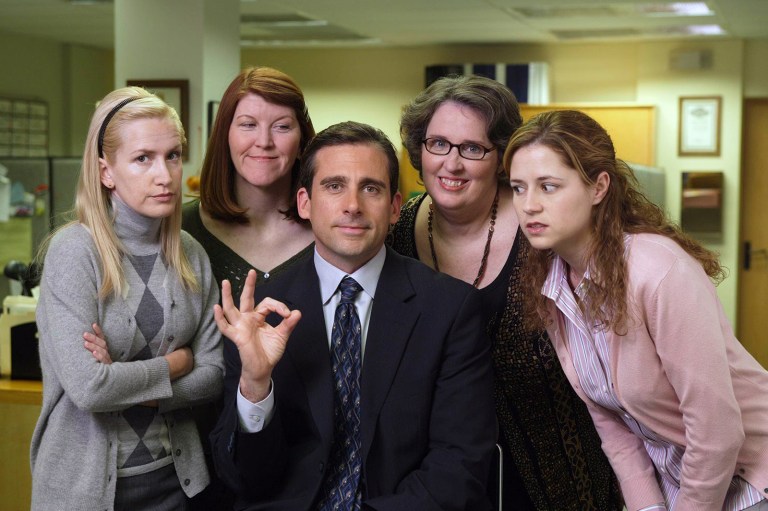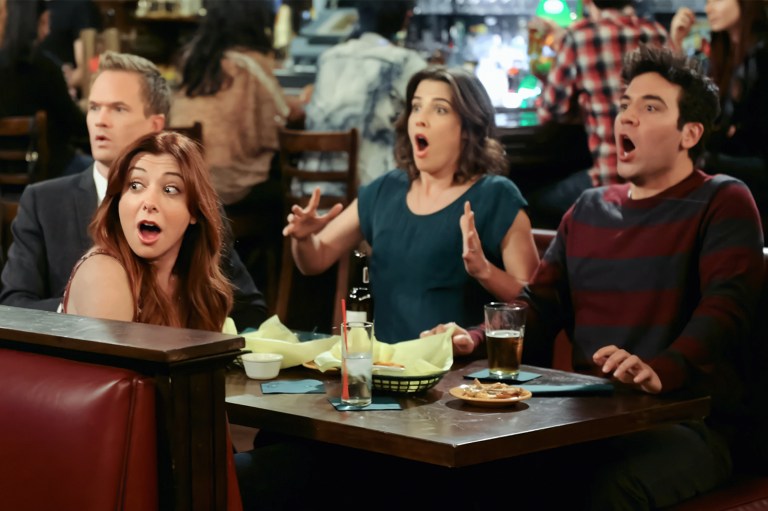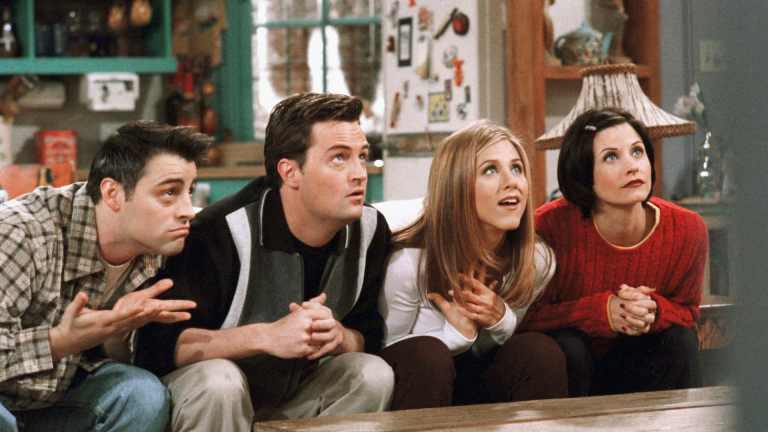
10 Things To Know About Taking The Bus In Los Angeles
I have lived in Los Angeles for over 12 years now, and one of the things that has made it a pleasant experience is finding ways to avoid driving, especially during rush hour. While I've used public transportation in L.A. off and on throughout the years, for the last six months, I've been regularly taking…
1. Most people in Los Angeles won’t get it.
In many cities with a functional public transportation system, taking the bus is seen as a natural part of life for the car-less, but in Los Angeles, most people who can afford to drive are deeply suspicious of this very large car that people pay to ride in (when they are not cursing at it for blocking a lane of traffic in order to make a stop). They might deign to take the subway up to Universal Citywalk to save on parking every once in a while, but willingly commuting on the bus? Does not compute. I’ve been asked two or three times whether I’d gotten a DUI — for many, that’s the only logical reason a white girl with an iPad would be taking the bus at all.
This is pretty much a class issue, and an unfortunate one. Nothing will open your eyes to the incredible diversity of Los Angeles like taking public transportation — for those who feel like they live in a sea of the desperately aspiring, it can be refreshing. Conversely, anyone who moves here expecting immediate access to the “Entourage” life should be required to spend a week on the bus. A week straight. Sitting next to the crazy guy, preferably.
2. The ratio of crazy guys to normal passengers is approximately 1:35.
Or, about one out of fifteen average bus trips. Which isn’t too bad, all things considered.
3. The hottest people on the bus will always be tourists.
They travel in pairs, wear giant backpacks, and will invariably be young and tanned from a previous stop on their grand world tour — a week on the beaches of Bali, maybe, or hiking the mountains of New Zealand. Their accents will be exotic, their energy positive and if you’re very lucky, they will ask you for directions.
4. The very worst part about public transportation is the TAP card system.
No offense, Los Angeles Metro, but the fact that I can add money to my TAP card on your website but I can’t check the balance is STUPID. It is STUPID and so are YOU.
5. The very very best part about public transportation is that you get to read.
Paperbacks, textbooks, phone apps, Kindles… No matter what you’ve got, the bus is a wonderful time to lose yourself in media. I use an iPad to sort through articles from Google Reader and Instapaper while I ride, which is wonderful — except that sometimes, it inspires weird conversations.
6. You’re gonna have some weird conversations.
Most of the time, people will leave you alone on the bus, mostly because they want to be left alone themselves. But shove any random group of people into a small confined space, and eventually some strange chatter will emerge.
The other evening, I was using my iPad to read an article about how to improve female representation in superhero comics, and the guy next to me asked me what it was. Specifically, he asked me “Is that the last thing Steve Jobs made?” I didn’t want to explain about the iPhone 4S, especially since there’s no way to know for sure that he was involved in its development and I get weirdly nitpicky when it comes to doling out credit for that sort of thing. So I said yes. He seemed vaguely satisfied, and we continued on in silence.
7. You can never, ever predict what the bus will be like. Never, ever.
I show up at my bus stop every morning at very nearly the exact same time, because the only thing I know for sure is that if I leave my house before 8:25 AM, I should be able to get onto a bus before 8:35. Will that bus be half-empty, calm and quiet? Will it be nightmarishly packed with people, sweaty with barely repressed stress? Will it be that AND be the one bus ride in 35 with a crazy guy on it? There is no way of knowing, ever. Much like with life, all you can do is show up.
8. Streets matter.
Most buses in L.A. don’t make crazy twists and turns, and thus the easiest way to navigate the city, especially in the area known as Mid-City, is to simplify things down to which bus lines go up and down major streets like Santa Monica Blvd. or La Brea.
Many times, multiple bus lines will be able to take you where you’re going, the difference being in whether they are Rapid or local lines. Rapid buses are nicer, go faster and make fewer stops; they are generally to be preferred if your destination is a major traffic destination. Local buses, meanwhile, are not so nice — recently, I’ve noticed a uptick in cheaply renovated school buses filling in — but they will make stops that the Rapid buses don’t, and run much later at night. Which is good, especially for those bold enough to use the bus as a cab substitute after an evening of drinking. (Pro tip: Avoid falling asleep on the bus. It never ends well.)
9. Bus schedules don’t matter.
The bus will never arrive at the exact time the online timetable suggests. Maybe that happens in other cities, with predictable traffic patterns, but never in Los Angeles. However, they do usually manage to arrive within a certain range of that time — five minutes early to five minutes late. Learning their rhythm is key. And it will never be completely reliable.
10. Because taking the bus means waiting at bus stops.
The tour buses might annoy you. The people might annoy you. Much will annoy you, about taking the bus. But then you’ll read an extra chapter of a great book you might not have gotten to, or two gorgeous French people will ask you what bus will take them to the Grove, or you’ll simply sit there one morning, watching the city roll by, looking at all of the cars around you, all of them needing gas and parking spaces and careful attention to the road ahead. You’ll look at those drivers, and in a city where it’s easy to feel trapped, you’ll be grateful to feel free. ![]()











